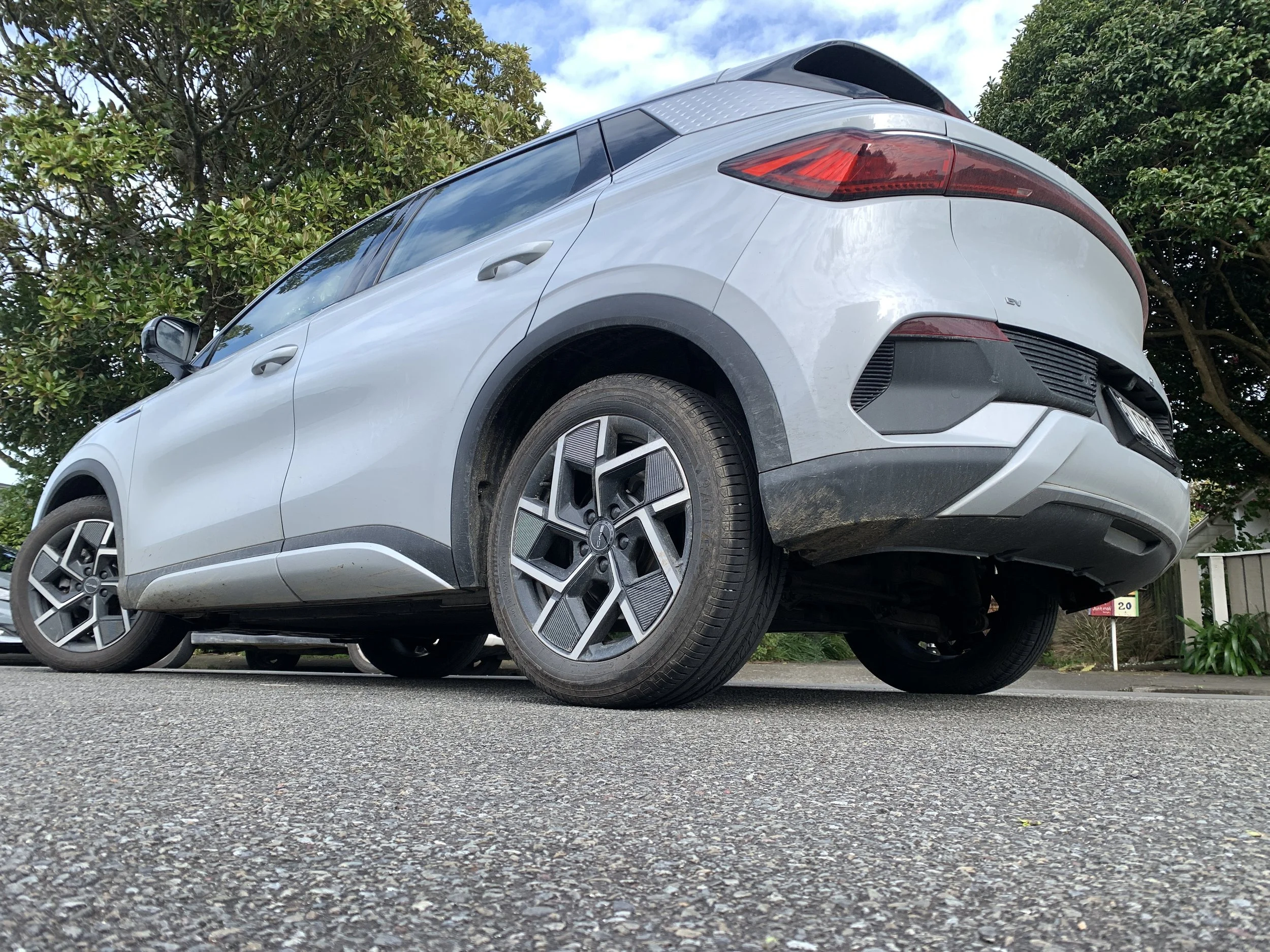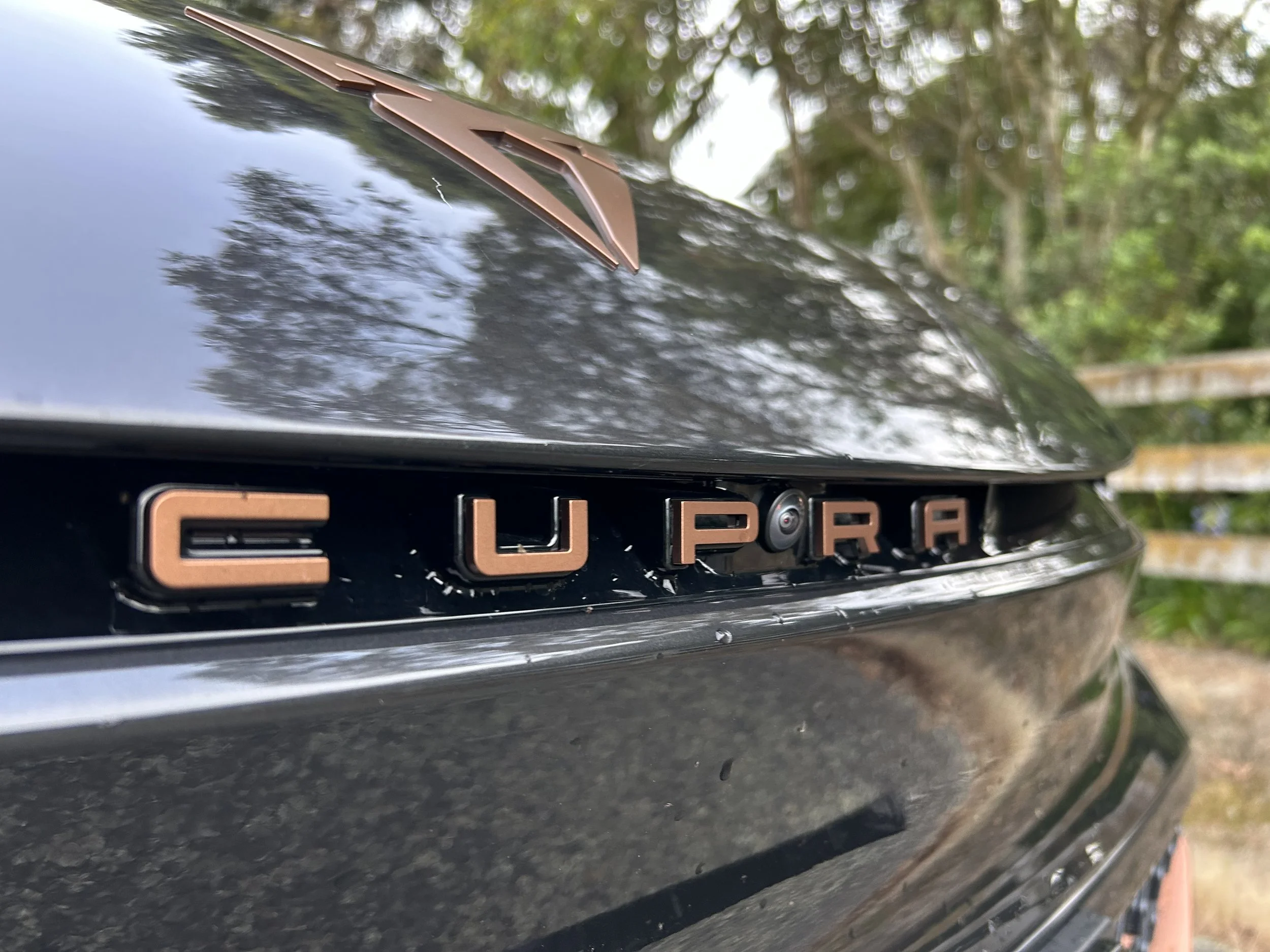Diesel gone from Subaru NZ game plan
/The last Japanese brand to add diesel to its SUV mix has been the first to drop it. But Subaru has a Plan B.
PLUMMETING interest since a certain scandal and desire to create room for electrics down the line has spelled the end of Subaru New Zealand’s diesel experiment.
A four year stint with the 110kW/320Nm turbocharged 2.0-litre, globally unique in its horizontally-opposed cylinder layout, has finished with its exodus from the brand’s biggest seller, the Outback.
That leaves Subaru New Zealand resorting back to a purely petrol-driven range, though this is not going to be a permanent situation – the race is on to bring in first a hybrid car – a version of the new XV- then, potentially within the next five years, the brand’s first full electric vehicle.
The parent company is pouring $US1.2 billion into research and development, and while some is going into driver assist technology, autonomous driving, and connected vehicles the biggest spend item is reportedly EV technology, with the aim being to have an all-electric vehicle on sale by 2021.
The latter won’t be as bespoke effort, like Nissan’s LEAF. Earlier this year Subaru chief executive Yasuyuki Yoshinaga told the Bloomberg news agency that his company doesn't need a dedicated platform for battery-powered cars. It prefers to put plugs into existing models. That avoids having to partner with another company beyond finding a supplier for the motor and battery, and also means Subaru can extract the full value out of its current nameplates.
Reports this year have suggested that the Outback and Forester – which enters a new generation from the end of 2018 – are the primary candidates for full electrification.
Those models, of course, were the main users of the diesel. Subaru only introduced it in 2013, the first 24 months in manual – with the Forester then also the Outback and Legacy wagon, in their previous generation.
The current-generation Outback delivered a breakthrough with the engine becoming available with Lineartronic CVT, yet though hope this SLT option would boost sales was realised, the rate was never to the degree Subaru NZ hoped.
By then buyers in this sector were showing resistance to the Road User Charge and brand was also accepting that some new-gen petrol engines were proving as efficient in respect to running cost once that tax was taken into account.
The biggest blow, though, came with Dieselgate; Volkswagen’s emissions scandal, which began at the end of 2015.
Subaru NZ boss Wal Dumper would not name Volkswagen directly when interviewed about his decision to drop the engine but made abundantly clear that the public distrust of diesel resultant German brand’s emission scandal had not been helpful.
“Diesel had not been easy for us up to that point, but when that issue broke it pretty much killed it.
“Even though we were nothing to do with that brand, everyone seemed to put all diesels in the same boat. It got really hard from that point.”
The Legacy diesel wagon died out naturally; the line was replaced by the Levorg, which was never designed for anything but petrol engines. The Forester diesel was removed from the market a few months ago. There are no plans to put a diesel in that line’s all-new replacement, which is expected to come here at the end of 2018.
That left just the Outback, which offered the engine with SLT only in $49,990 entry and $57,990 Premium formats. Subaru NZ has now stopped ordering these and the models were absent from a pricing list it gave to media at the September 18 drive day for the updated WRX and WRX STi.
Dumper confirmed then that the engine had now been completely pulled from NZ market use. It is not expected to feature in the Outback’s mid-life update, which arrives in February, 2018.

















